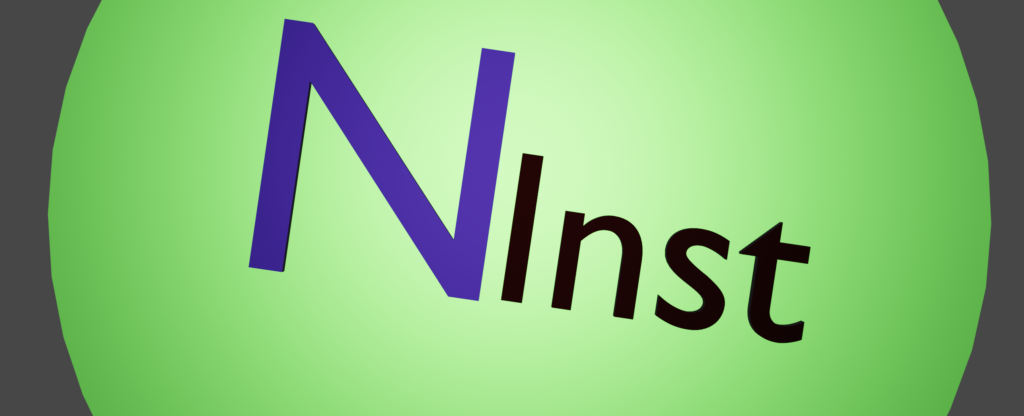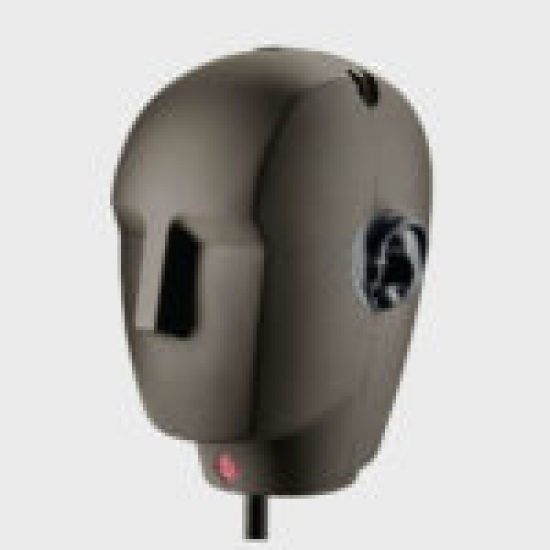Vibrato Piano
Vibrato piano is made from royalty free one shot sample....


ByNinst
The story
I was creating a beat with (Royalty free) one shot sample and realized something was off in it and it was not
in sync with root note. I tried to search for free sampler but there wasn’t Real time stretching in any of that sampler i downloaded. I am beginner in producing so i don’t know much about production and i can’t afford any of this expensive Vst plugins so i tried to make this library for myself and i am sharing this with you guys
it is not perfect but it is usable if you throw some of the effect in it. Thank you and sorry for bad english……
Reviews
Weird, but cool!
What makes this instrument different than your average e-piano sound is the ever so slight perfect 5th that plays down from the note along the note you are playing. I wouldn't name it as Vibrato, as the title suggests, but it's definitely a weird chorus-like effect that totally changes the character of the instrument. It's a very simple patch and it is just based off of one single sample, but it sounds great all over the keyboard, even in extreme highs and lows.
Definitely not bad for a first try!
The vibrant green circle that covers the entire GUI background could have been a little more subtle so the labels of the handy controls are more readable, but it doesn't change the playability at all.
Peculiarly cool
This pack is, in a word, interesting. The audio content is quite decent, in fact, I would say it comes to resemble an electric organ. I really appreciate you sharing this first result with this community.
As far as the interface is concerned, the background image does not completely cover the keyboard part. The controls could be placed on the sides, so that they do not overlap with the background letters. And I think the color of the circular controls should be different.
Maybe it's funny, but the sounds of this pack remind me of platform games from the last decades of the last century.
The power of a tiny edit or two...
I get the feeling that this is a first attempt to make a Decent Sampler virtual instrument. I wholeheartedly encourage people to try!
When I first heard the sound, I was intrigued. It's a classic example of a simple waveform (not that far removed from a sine wave) where there are not an exact number of cycles in the sample. This has the effect of producing lots of sub-harmonics (and inharmonic!), and these can be very distracting - the pitching is fine, but the lower frequencies are a bit overwhelming. Also, for a piano sound, then there's a lot of loud sustain, and none of the characteristic decay down to a lower sustain level that you would expect in a piano sound. Curious, I thought to myself. This looks like a job for synthesizerwriter in detective mode!
(If you want to know more about what happens when complete cycles of waveforms don't quite make it into a sample, then look at the 31st October 2020 blog post in my blog.synthesizerwriter.com blog...)
So, I looked at the .dspreset XML, and then at the samples, and my initial diagnosis was confirmed...
Yep, the sample is a vibrato'ed reasonably pure sound - a sine wave plus a few harmonics. It has the classic fast attack, followed by a slower decay downwards. So why does it not sound like that?
The answer is in the .dspreset XML. There are 602,150 samples in the complete sample. Now the sample itself is pretty nicely edited, with a zero crossing at the very start, and the first peak is at about 7.5ms into the sample. Perfectly fine. The end of the sample fades out to zero. Again, completely as it should be. But the end of the sample is set to 962,176 samples, and so Decent Sampler is going to run out of samples to play at around two thirds of the way through the sample. But hang on, there isn 't a sudden stop two thirds of the way through the sample, there's a sustained sound!
I will pause here so that you can try to figure out why...
This is because there's a deeper problem around the looping setup. The sample is set to loop, which is unusual in a piano sound, but it is exactly the sort of mod that I would make, because I love repeated syncopated sounds. However, the loop start is set to 1000 samples, and the loop end is set to 2000 samples. Now this is a short loop for a sample that is over 600,00 samples long, so why is the start of the loop set at 1000 samples, and the end a mere 1000 samples later?
It is probably a typo - because the loop is repeating a tiny section at the very beginning of the sample. So I made a copy of the .dspreset, renamed it, and changed the start of the loop to 0 and the end to 602,150, and disabled the loop. So now Decent Sampler would play back the whole of the sample...
Yay! A vibrato'ed piano sound, with a fast initial attack, followed by a slow decay downwards in volume. But no sustain, because turning off that short loop has left us with just the basic sample, played once per key press. Looking at the waveform and making some measurements, then it looked like a loop length of around 7,000 samples would give a reasonable loop, so I did some adjusting... To make it easy to hear the loop, I started with a loop start at 14,000 samples, and got a sustained loop more or less at the loudest part of the sample, which now sounded very much like a classic drawbar organ (with lots of vibrato!).
The 'quick and dirty' technique here is to go up to C4 or even C5, and listen for loop artefacts (roughness, aliasing, etc.) and set the loop length to minimise them. Then listen to the output at C3 or below for clicks and fine-tune.
A more mathematical and scientific approach is to find the root frequency of the sample, which is C4: 261.6255Hz, an then to look for a near-integer number of samples at 44.1kHz, the sampling rate, with an integer number of cycles of C4. Two close candidates are 130 cycles, which are 21,913.0016 samples in length, or 465 cycles, which are 78,043.99800 samples. In both of these cases, the error is less than .002 of a sample. Now the sample itself is over 10 seconds in length, and looped sample always sound silly when they drop in volume too much over the loop time, so I would go for the shorter number of cycles: 130. Plugging in a suitable start time (three quarters of the way along the sample is a good starting point, because by this point the sound should be in the sustain segment...) gives us 450,000 samples, and so the end of the loop will be at 471,913 (with a cross-fade of say, 4000 samples). And this gives a reasonable, glitch-less (mostly) loop, so my maths is good today!
Okay, so now we have a piano sound, with decay and a sustain loop, and the vibrato sounds good at C3, if a little too deep, for my taste. Probably a better option would be to go for a vibrato-less sample and to add a chorus effect in Decent Sampler.
I think I now have the sound more or less as was intended!
The sound is an electric piano, with embedded vibrato, and a little too much wobble for my taste, but then I have always had terrible taste in vibrato! Also, because the vibrato is 'in' the sample itself, then it changes speed as the sample is scaled in pitch up and down the keyboard, so the vibrato slows down for lower notes, and speeds up for higher notes. This is a little artificial, but for chords it isn't too obtrusive. But where this virtual instrument shines is when you turn the attack time up, sp that instead of a fast start to the sound, you get a slow rise. Coupled with a long release time, the Tone control down a long way to cut-off the high frequencies, and a little reverb, and you have a very nice pad that, at low frequencies, has the same sort of throbbing feel as the old Tardis has as a background 'atmosphere sound' back in the previous century.
This review seems to have turned into a tutorial on fixing samples and looping, but never mind. I'm sure it will be useful to people, and it should help the samplist to fix the minor problems and release this virtual instrument as it was intended to sound! As I said, the pad sound is very usable, and the piano is unusual and quirky with that strong vibrato. So that's two sounds which are sufficiently different to be a bargain - especially considering the tiny download!
